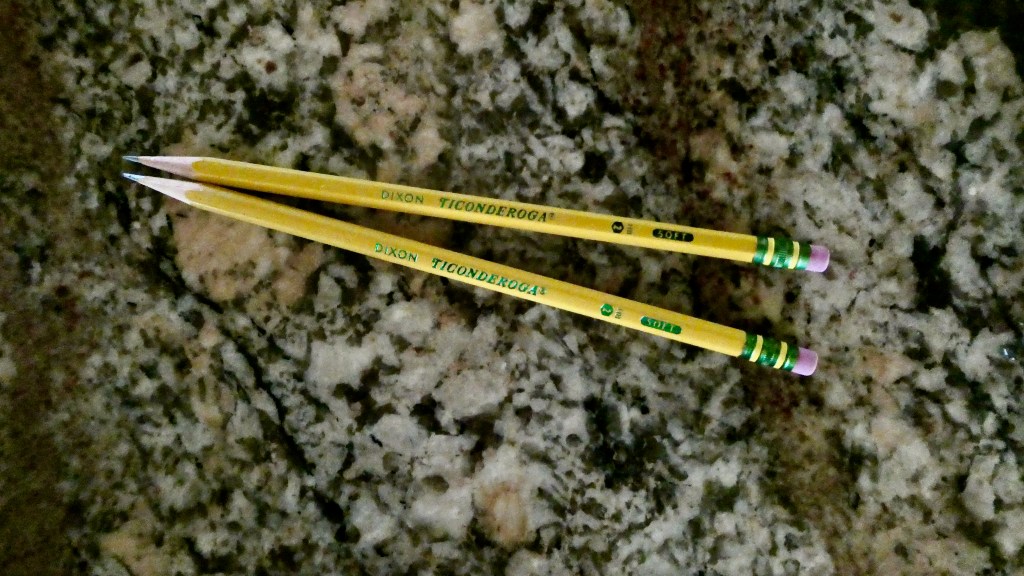Write It Down
Aside from DNA, which I view as our personal encyclopedia of our ancestry, anything that is going to survive more than a generation or two is WRITTEN. Whether on a gravestone, an engraving, a letter, a newspaper clipping, photos or a book. What survives is written or inscribed. An unidentified photo of an ancestor is not the same as the one with writing on the back. [Or if digitized has the name in the title]. One thing this last year of writing Blog posts has taught me is that old letters, diaries, stories, identified photos, newspaper articles—those are all that is left of our lives after a generation or too. While we may not have much hope of resurrecting a 16th century farmer’s wife in a narrative, we can do quite a bit with a second great grandmother as I showed in My Woman Warrior.
A question gets asked routinely what would you do differently is you were just starting out in genealogy? Two things emerge—talk to the oldest members in your family and record or take notes of your conversations. Even if you record conversations let me suggest you transcribe those notes immediately. We always think we will remember but we don’t. Details get jumbled, memories falter. WRITE IT DOWN. Note taking is great—but I find the visual images of articles, book pages, etc are far more valuable than handwritten notes. Take a photo or clipping. If you are copying pages from a book, the very first thing to do is Photograph the title page and copyright page. Highlight if you choose to bring things to your attention. If it is digital add the person mentioned and source and date in the title. If it is a photo that someone else has taken such as Find-A-Grave seek permission and give attribution. Do it now. WRITE IT DOWN.
The lost art of letter writing is perhaps the single greatest loss to genealogists in my lifetime. Yes, we have email and texts but they are much easier to be discarded, to not stand the test of time. If they have any personal details of your family or ancestors, print them out. Date and label. File where they will be noticed. I know you digital folks will be shaking your head but here’s the thing a picture is worth a thousand words. Even if it is a picture of words—we humans are very visual for a reason— When you have amassed 40 binders of information or an equivalent amount of computer files you are going to need to get my attention. Seeing is believing, it is where stories come to life. When we fit the pieces together into an image, a picture, a story. We don’t put jigsaw puzzles together blindfolded. We need to see what we’ve got—we need to WRITE IT DOWN, to see the story emerge.
I sometimes take over a whole table, floor or bed with pieces of paper and I put them in chronological order—putting a person’s life together. It does not mean we need to tell the story chronologically, we don’t! But we need to know the order of how things happened. It was not until I was rebuilding Catherine’s life in My Woman Warrior that the pattern of loss, upon loss emerged. I said to a friend, “You cannot make this shite up, no one would believe me.” Catherine endured so many deaths I lost count—well that in itself is not unusual—but then on top of that a kidnapped grandson, a flash flood that killed her son and lightning seriously injures her daughter. And a fire that wipes out her hotel and all but three buildings in her small town. Without those details her life would still be hidden…What if we had her diary—wow the stories she could have told. If only she WROTE THEM DOWN, and someone kept them.
If you haven’t already figured it out this isn’t just about writing our ancestors stories about writing our own. No matter how elegant or lame, whether it is a full blown story or a list of thoughts, you cannot imagine what it may mean to some descendant of yours some day in a future you cannot even imagine. My great grandmother’s diary is full of mundanities and yet her spirit shines through. She records lots of historical details from the 1919 Flu Epidemic to the US entry in WWI, women’s right to vote and on an on. While we look at what is happening in our lives as not newsworthy—someday it will be history. WRITE IT DOWN.
So here’s a writing challenge—take anything in your life that has meaning to you and write about it. You do not need to show it to anyone. Just put pencil to paper and WRITE IT DOWN. You can:
- Write just your thoughts in a long brain dump
- You can make a list
- Start a diary
- Write a poem or haiku
- Paint a word picture by describing something in great detail
- Re-create a dialog that happened or interview your younger self
- Stop worrying, just write
Whatever you write—whatever evidence you leave behind—I can assure you someone will be thanking you.
“We write to taste life twice, in the moment and in retrospect.”
― Anais Nin
Kelly Wheaton © 2022 All Rights Reserved.

Pingback: This week's crème de la crème - March 5, 2022 - Genealogy à la carteGenealogy à la carte
Pingback: Best of the Genea-Blogs - Week of 27 February to 5 March 2022 - Search My Tribe News
Pingback: No More Favorites! Plus a New Writing Challenge | Wheaton Wood
Pingback: Writing the Tough Stuff: Writing Challenge | Wheaton Wood
Pingback: Hands in the Mud: Writing Challenge | Wheaton Wood
Pingback: Mundane to Profane: Writing our Own Stories | Wheaton Wood